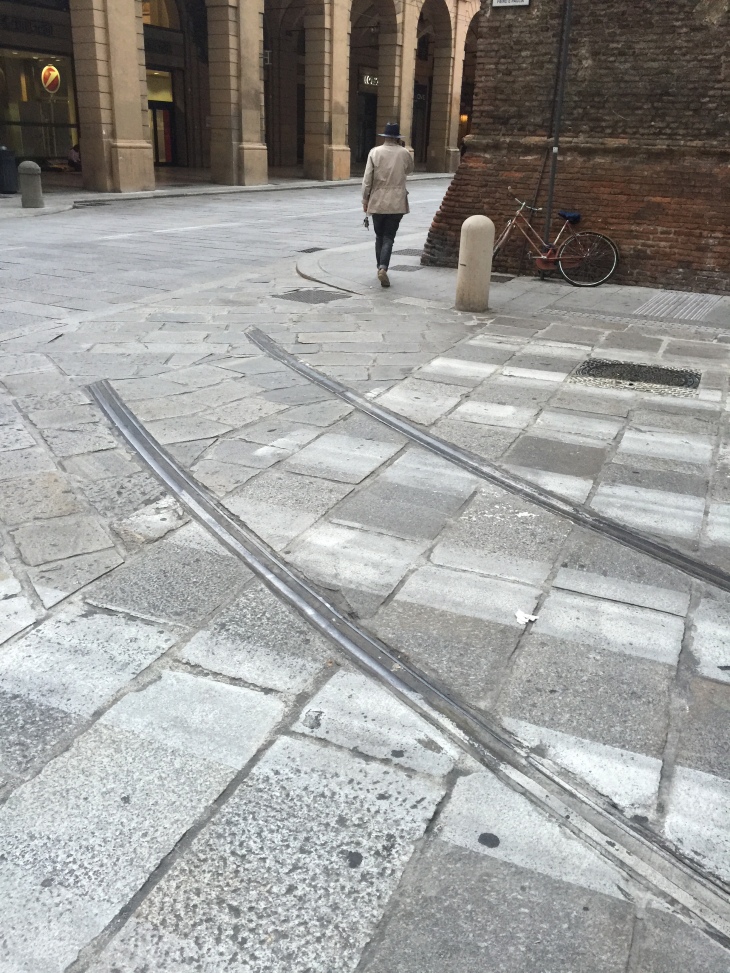Italy is a country where the past, present and future are all jumbled together. Moreover, the juxtaposition is intentional. When they redid the main street in Bologna, for example, the workers lifted out an old fragment of a tramline from the last century. The trams have long since been replaced by busses and the metal rails were peeking through, only poorly covered by tarmac. The city decided to replace the tarmac with new stone paving slabs and so it was necessary to remove the old tram track. Once the stone was in place, the workers cut two groves and fit the pieces of rail back into place. This way, the new road does not completely cover the city’s past.

John Hooper’s book reads like a bicycle ride through Bologna. The temporal references are jumbled like the architecture but there is a thematic coherence. Moreover, you have to pay attention. The pace is fast and the scenery changes so quickly that you can easily get lost. The chapter on sexuality is a good illustration. It starts with reflections on love, moves quickly to intercourse and infidelity, throws up both anecdotes and data that defy conventional wisdom – did Lord Byron have a mistress or was he a kept man? –then dives into the relationship between mothers and their children before finishing up with transgender prostitutes and changing attitudes toward sexual orientation.
Hooper knows his Italy. He not only hits all the right themes but also puts them in the right order. The chapters on furbizia, dietrologia, and fantasia come toward the front of the book. These notions are hard to translate into English and yet critical to understanding the Italian character. Italians have a strange respect for people who break the rules, particularly if they do so boldly. They tend to look for hidden motives. And they have a flexible relationship with ‘objective’ reality. Moreover, if you think about it hard enough, these attitudes all hang together. Where foreigners see chaos, Italians see something deeper and more orderly.
Ironically, what Italians are least likely grasp is the essence of their own ‘Italian-ness’. Hooper captures this nicely at the end. As an outsider and a journalist, he has a strong grasp of how the details fit together into a broader tapestry. For their part, the Italians are enthralled by the tyranny of small differences. Of course this was not always so. There were periods when the people who lived in Italy were very different in reality and not just self-perception. The Italians that Hooper captures are a product of history; they are also a work in progress.
The Italians. By John Hooper. London: Allen Lane, 2015. Xviii + 318 pp.
Follow @Erik_Jones_SAISThis book review was originally published in the June/July 2016 issue of Survival. You can access the edited version of this review and other book reviews published in that issue here.
